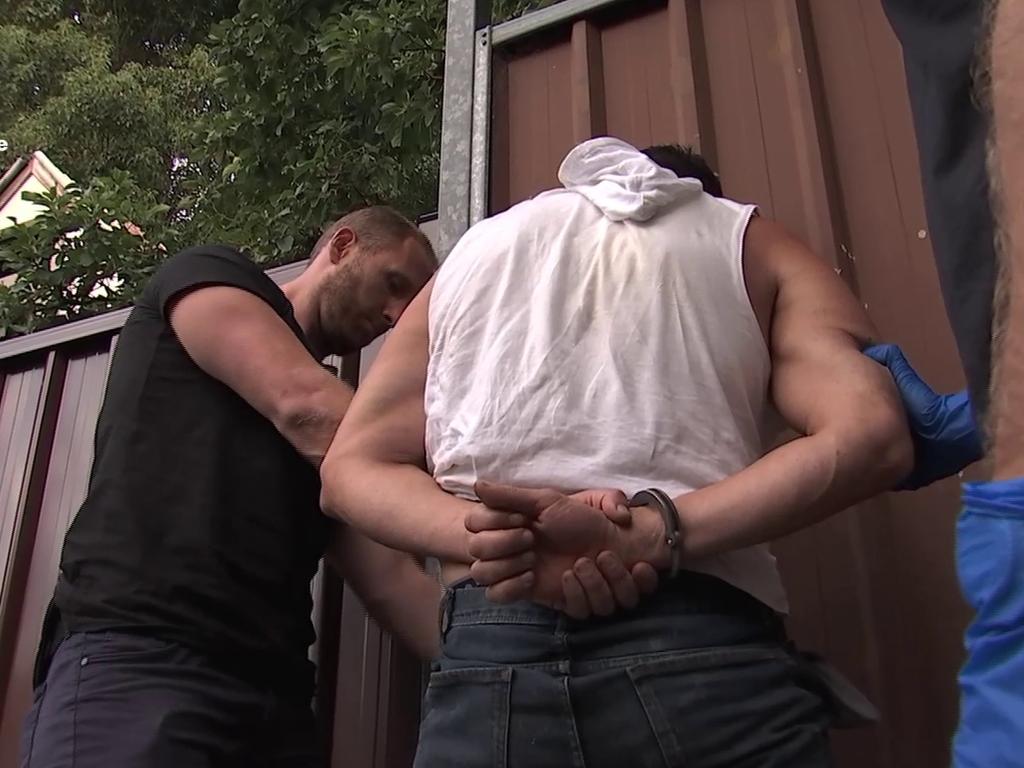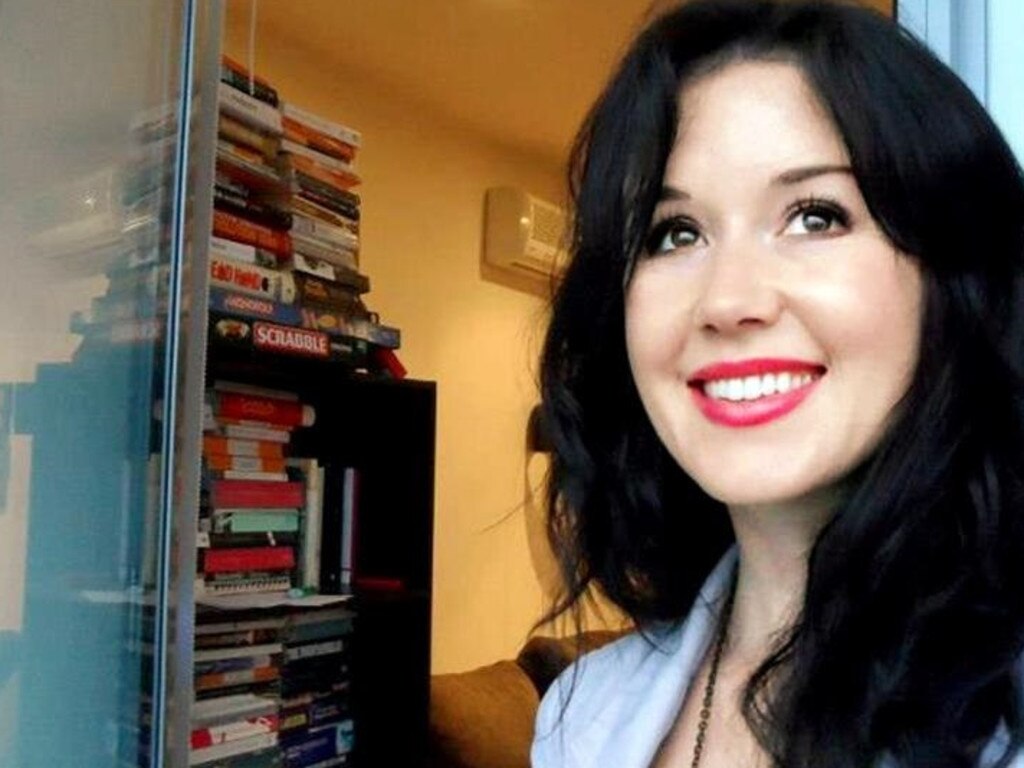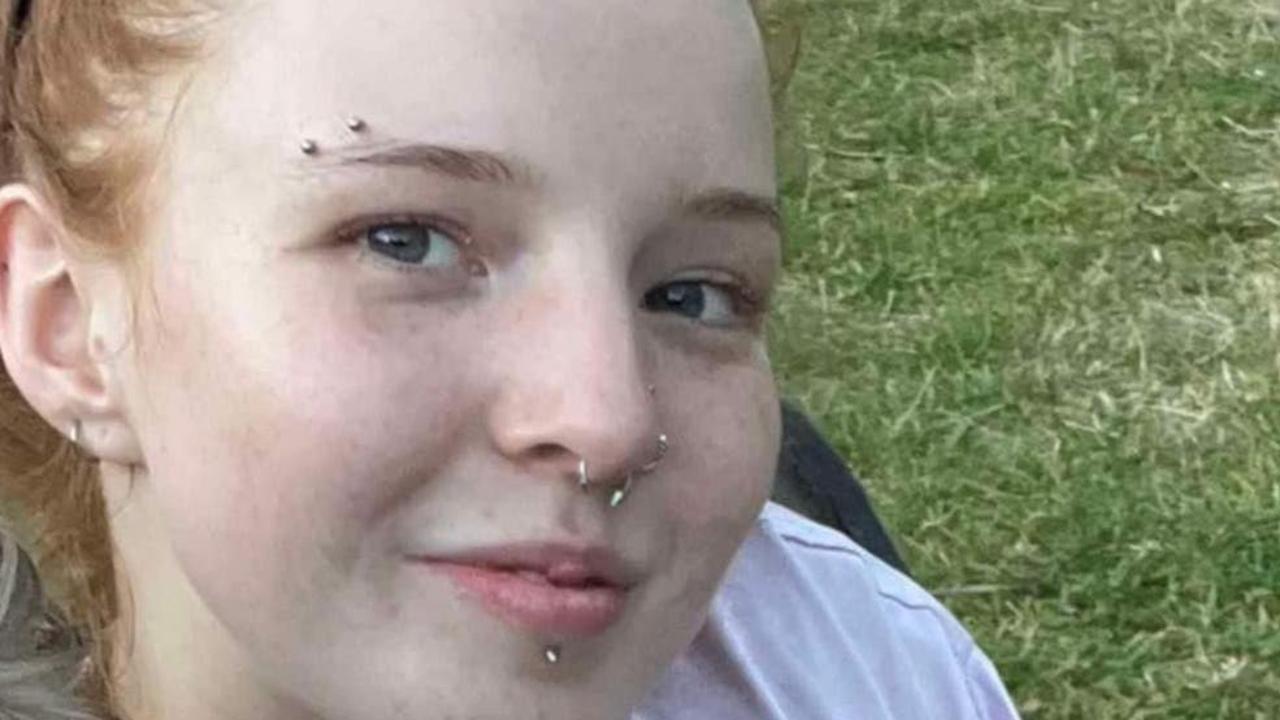Chris Urquhart: Why are so many violent criminals on the loose in our suburbs?
Last week, a gruesome double murderer allegedly removed his ankle bracelet and went on the run — but why was he on parole?

COMMENT
It’s not every morning you wake up to the news a double murderer who dismembered his victims is on the loose in your quiet Sydney suburb.
But that’s exactly the news I woke up to last Monday. It makes you check your doors are locked for a start. And it makes you think twice about going for a walk alone in a quiet nearby park.
Last Sunday, Damien Peters, who killed two men in gruesome circumstances in 2001, is alleged to have removed his ankle monitoring bracelet so he couldn’t be tracked and fled the Prince of Wales Hospital.
He was on parole after serving part of a 21-year term in jail for two murders, the details of which, if you knew them, might make your stomach turn.
The remains of one of his victims was found in a bathtub, another in a council bin. Last Sunday, no one knew where he’d gone.
RELATED: ‘A severed head in a bag’: Real story of the Northcott Mutilator
RELATED: Double murderer Damien Peters caught in Sydney
RELATED: Jill Meagher’s murderer Adrian Bayley should have been in jail
Knowing he was out there was an uneasy feeling. Was he hiding in a neighbour’s backyard? Was he hanging about near a school? What was his plan? Police warned us that, if spotted, he shouldn’t be approached.
While they searched for him, I started to think. On the face of it, it didn’t make sense. How does someone who killed two people get parole so soon anyway? Do you only get 21 years jail for two murders? You’d think it’d be more, surely. It made me angry but made me curious too. Why do some murderers have the right to freedom so soon? And why do we keep releasing people on parole who won’t play by the rules?

The good news, if there’s any good news in this story, is police managed to catch him the next day, a few kilometres away in the nearby suburb of Petersham. He was caught quickly. But recent history tells us many other violent offenders, while out on a parole, go on to commit horrible crimes again in the community.
Few among us can forget the story of the horrific rape and murder of Jill Meagher by Adrian Bayley in Melbourne in 2012. Bayley was on parole at the time and had previously served extensive jail time for his history of violent and sexual offences. The coroner later found he really should have been in jail, not on parole, at the time of his offending. If he had been, the crime would never have taken place. Reforms were put in place in Victoria in the wake of the case, with aspects of the parole rules changed.
Parole is one thing of course, but even at their full term, what appear to be short sentences for serious crimes regularly raise concerns and questions among the community. These concerns are understandable because our safety is at risk if a violent offender who has shown the capacity to commit awful crimes is released into the community and they subsequently reoffend.

Of course, many factors contribute to a sentence, and a lot happens in court that doesn’t fit into a headline. Understanding some of this can help us better understand — if not fully comprehend — why sentences can be lower than we might expect for crimes that on the face of it appear so heinous. Judges must sentence criminals according to the law and specific guidelines. They’ve many years of experience and don’t simply make it up as they go along.
Sentencing takes into account a range of different factors. Some factors that could result in a more lenient sentence include the convicted person having pleaded guilty, having co-operated with police or any other range of mitigating factors.
In Peters’ case, for example, an important factor was understanding he had been a victim of significant abuse at the hands of partners he killed. One of the men who Peters killed claimed had infected him with HIV. But whatever those or other factors, the truth remains his two victims, both aged in their 50s, were murdered and chopped up. Peters is a person demonstrably capable of extreme violence, but in this complex case, with all things considered, the sentencing judge, with all of the evidence available to him, was “satisfied the risk of his reoffending is relatively low”.

“The most important factor for me is that the legal system should be there for the protection of victims as well,” independent victims advocate Howard Brown told me this week. “When a person has a propensity towards violence or murderous intent, you have to err on the side of caution.
“We only put people in jail when we can prove beyond reasonable doubt that they committed an offence. But we release them on parole on the balance of probability that they won’t reoffend. That isn’t right. Why isn’t the same test applied?”
Peters could have been kept in jail for 21 years. But he was eligible to apply for parole after 13 years and he was granted it in November 2016.
The transcript of proceedings from Peters’ parole determination by the NSW State Parole Authority reads: “We are persuaded that it is safe, or safe as it is reasonably practicable to be, to release the inmate, that he has done all that was required of him, that there is nothing more by way of treatment to be undertaken in custody and that he has demonstrated an ability to behave in the community.”

But when he was back in the community, he didn’t behave.
And that’s the problem isn’t it. How can you ever know for sure if someone, particularly with a violent past, will behave?
When determining how long people of incredibly violent crimes should spend in prison and when, if at all, they should be released or granted parole, the safety of the community really ought to come first.
Very few among us would lose much sleep over murderers getting much longer sentences. We do lose sleep, though, when they’re on the loose in our suburbs.
Chris Urquhart is a columnist for news.com.au. As a television reporter, he covered some of the biggest stories around Australia and around the world.



